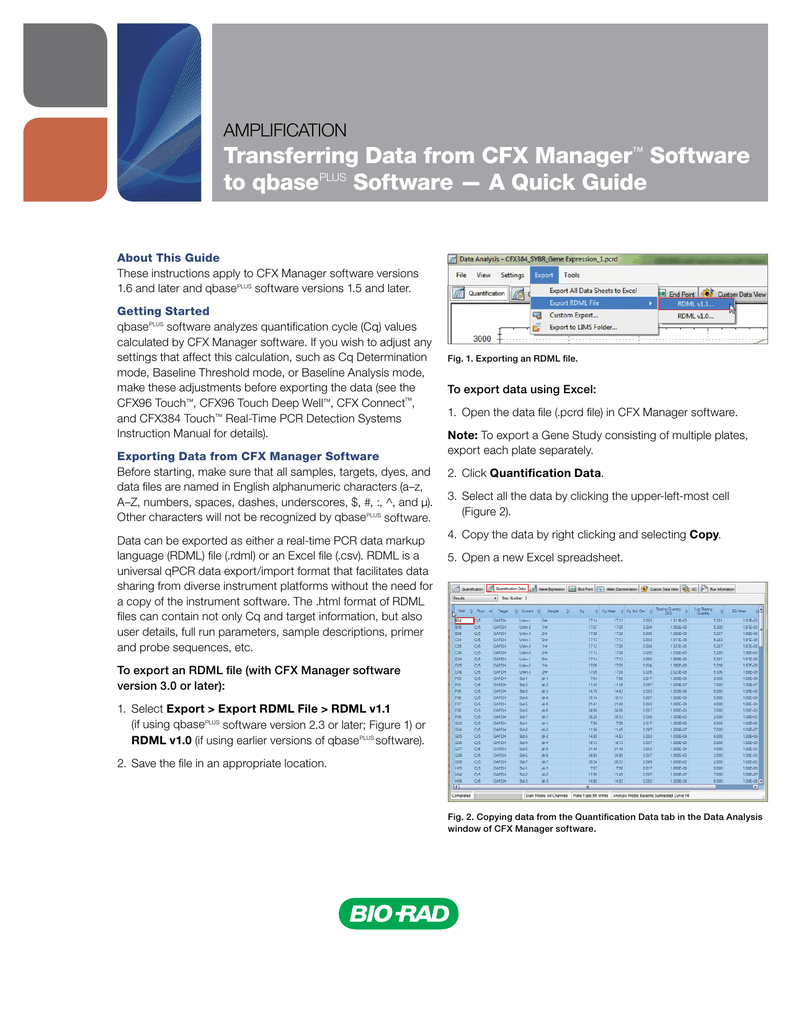
You need to do this job via Command Prompt.

Cfx manager software excel file windows#
Using Windows Command Line Utility (WMIC) can also output the Windows list processes to a text file and this tool will show you up to 44 parameters for every active process.

Read More Windows List Processes to Text Using WMIC If you don’t know the location, you can also search for process_list in File Explorer to find it. You can find it and open it to see the process list. The text file will be saved to the path where you run the command. To output this process list to a text file, you need to type Get-Process | Out-File -FilePath. CPU(s): The processor time that is used by the process across all processors (in seconds)ģ.VM(M): The virtual memory that is used by the process (in megabytes).WS(K): The pages in memory that has been recently used by the process (in kilobytes).PM(K): The pageable memory the process is using (in kilobytes).NPM(K): The non-paged memory the process is using (in kilobytes).Handles: The number of handles that the process has opened.On the above interface, you can discover that this tool shows more information than tasklist does: Then, this tool will show you the currently running processes on your computer. Right-click on Start and select Windows PowerShell (Admin).Ģ. You can also use Windows PowerShell to save the running processes list to a text. Windows List Processes to Text Using Windows PowerShell You can see the process names, PID Session Name, Session#, and Mem Usage. Go to drive C: to find and open the text file that is named as process_list.

Type tasklist > c:\process_list.txt and press Enter.Ĥ. Type tasklist and press Enter to see the list of the processes that are running on your Windows.ģ. This is the easiest method to output the running process list to a text file.Ģ. Windows List Processes to Text Using the Tasklist Command Use Windows Command Line Utility (WMIC).
Cfx manager software excel file how to#
How to list all running processes on Windows to a text file?


 0 kommentar(er)
0 kommentar(er)
